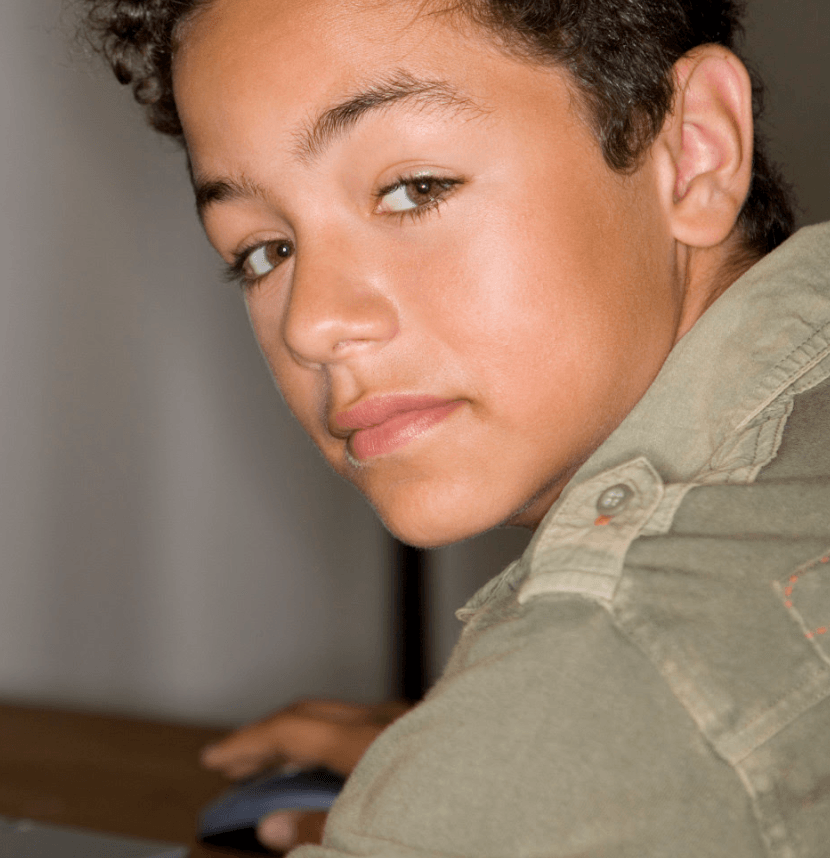Full study: Abuse disclosures of youth with problem sexualized behaviors and trauma symptomology
Rebecca Dillarda Kathry nMaguire-JackaKathryn ShowalteraKathryn G.WolfbMegan M.Letsoncd
Excerpts relevant to porn, from the Discussion section:
Children who disclosed exposure to pornography had 3.3 times higher odds of disclosing engaging in PSB compared with youth who did not disclose pornography exposure.
Children who disclosed exposure to pornography had markedly higher odds of disclosing PSB. This finding makes sense in the context of social learning theory as previously described with youth who engage in sexually abusive behaviors (Burton & Meezan, 2004). Having exposures to pornography at a young age may not only introduce children to behaviors they may eventually acquire, but the children may have those behaviors reinforced by seeing the models (e.g. the individuals shown in the pornography medium, the person who exposed the child to pornography, etc.) being rewarded by the behavior. If the benefits of such sexual behavior are reinforced for the child, they may have a higher likelihood of adopting the behavior themselves.
Prior research has shown that early exposure to pornography is a risk factor predictive of later sexual crime in adolescence (Flood, 2009; Seto & Lalumière, 2010). Over a five-year period, unwanted exposures to pornography in childhood increased significantly among youth ages 10–12 years (Mitchell, Wolak, & Finkelhor, 2007). Seto, Maric, and Barbaree (2001) has also posited that, etiologically, males who are already predisposed to engage in sexual violence show the strongest effect of pornography exposure on sexually aggressive behavior. The strength of the relationship found between pornography and problem sexual behaviors in children in the present study suggests that the same may be true for younger children. Further research is needed to determine in what other ways children may be predisposed to develop PSB, and if pornography exposure has a stronger effect for those children in particular. If so, a compelling case could be made for the connection of PSB and sexually abusive behavior in adolescence via the common risk factor of early pornography exposure.
Abstract
The majority of youth with problem sexualized behaviors (PSB) have substantiated experiences of abuse or exposures to violence (Silovsky & Niec, 2002). Little is known about specific abuse experiences that may differentiate youth with PSB from those without. Few studies have examined the types of abuse associated with post-traumatic stress symptomology.
Objective
The current study explored two research questions: (1) Do children with PSB differ from children without PSB in terms of their abuse disclosures?; and (2) Are the types of abuse disclosed associated with the child’s scores on a post-traumatic stress measure?.
Participants
Data were analyzed for youth (N = 950) ages 3–18 years who completed a clinical assessment at a child advocacy center in the Midwest during the 2015 calendar year.
Methods
Youth completed assessments that included a forensic interview and either the Trauma Symptom Checklist for Young Children (TSCYC) for children ages 3–10 years, or the Trauma Symptom Checklist for Children (TSCC) for children ages 11–16 years. Bivariate logistic regression was used to answer the research questions.
Results
Findings indicated that youths who disclosed offender to victim fondling were less likely to disclose PSB (OR = 0.460, p = .026), and children exposed to pornography were more likely to disclose PSB (OR = 3.252, p = .001). Additionally, youth who disclosed physical abuse (OR = 1.678, p = .001) or victim to offender sexual contact (OR = 2.242, p = .003) had higher odds of clinically significant trauma scores.
Conclusions
Implications for practitioners and future research directions are discussed.
